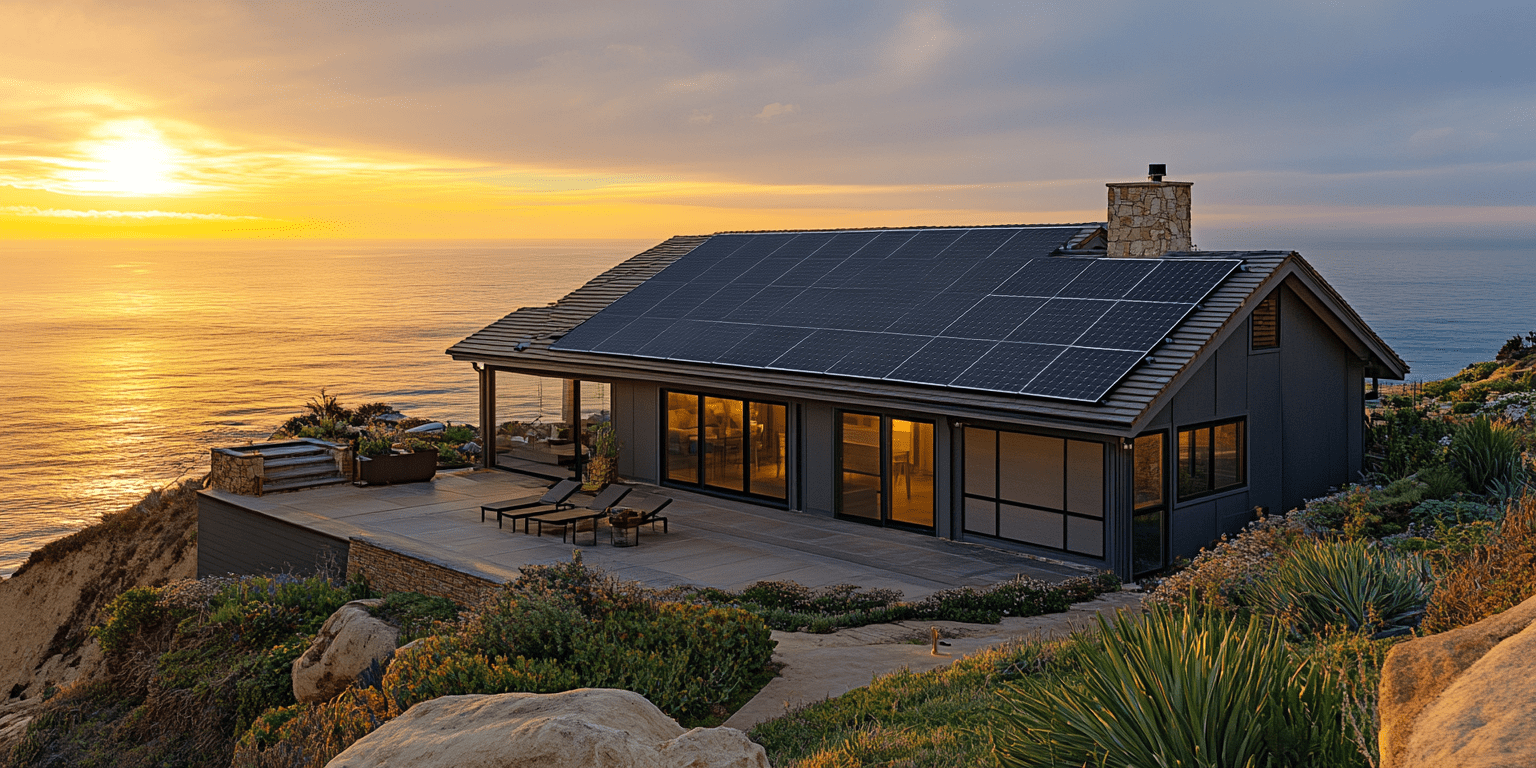California’s 2025 Title 24 update marks the end of gas-first pool heating and the beginning of a new solar-driven era.

Starting January 1, 2026, the new California Energy Code (Title 24, Part 6) will take effect for all new construction and major system replacements.
Among the many updates, one area stands out for its sweeping impact — pool and spa heating. These changes will reshape how pools are designed and heated across the state, creating major new opportunities for solar contractors ready to pivot or expand into solar pool heating.
The 2025 code represents California’s next big step toward decarbonization and electrification. For pools and spas, that means strict limits on fossil fuel and resistive electric heating, and a strong preference for renewable or recovered energy sources — especially solar thermal and heat pump pool heaters.
Electric resistance heaters (the kind that simply convert electricity into heat) will no longer be allowed as the primary pool or spa heater.
To use them at all, the system must prove that 60 % or more of its annual heating energy comes from on-site renewable (like solar) or recovered energy (like waste-heat recovery).
For new pool installations — or existing pools where heating is being added for the first time — gas heaters can no longer serve as the primary heat source.
They’ll only be permitted as backup or supplemental heaters in limited cases.
The new code explicitly calls for a minimum solar contribution:
That’s a major endorsement of solar thermal technology — and effectively a built-in market for properly sized solar heating systems.
To ensure pools are “solar-ready,” the code also requires:
Starting September 2025, pool controls must begin supporting Flexible Demand Appliance Standards (FDAS) — meaning equipment capable of demand response or grid-interactive operation.
This paves the way for pool systems that automatically adjust operation times to align with solar generation or utility rate signals.
These changes aren’t just new rules — they’re a massive market signal. As California phases out fossil-fuel pool heating, solar thermal and heat pump systems will dominate the category.
Here’s how solar contractors can benefit:
Every new pool and every major heater replacement in California will now require compliance with renewable energy requirements.
That means thousands of new solar thermal installations annually — many mandated by code.
Solar pool heating uses many of the same skills, tools, and customer bases as PV:
By adding solar pool heating to your offerings, you can expand revenue without starting from scratch.
Homeowners are already hearing about “electrification” and “net zero.” You can now offer a tangible upgrade that replaces fossil fuel consumption with renewable thermal energy — helping clients meet climate goals while cutting costs.
Solar pool heating integrates perfectly with:
That creates a comprehensive renewable package — and bigger average project value per customer.
Solar pool heating systems deliver some of the fastest paybacks in renewable energy, often 2–4 years for residential systems. With Title 24 requiring large collector areas, you can confidently present clear economic benefits alongside compliance.
California’s 2025 Title 24 update marks the end of gas-first pool heating and the beginning of a new solar-driven era.
For contractors who act now, the transition represents one of the largest growth opportunities in the state’s clean-energy sector.
Solar thermal isn’t just back — it’s about to become mandatory.
We love to hear from new people!